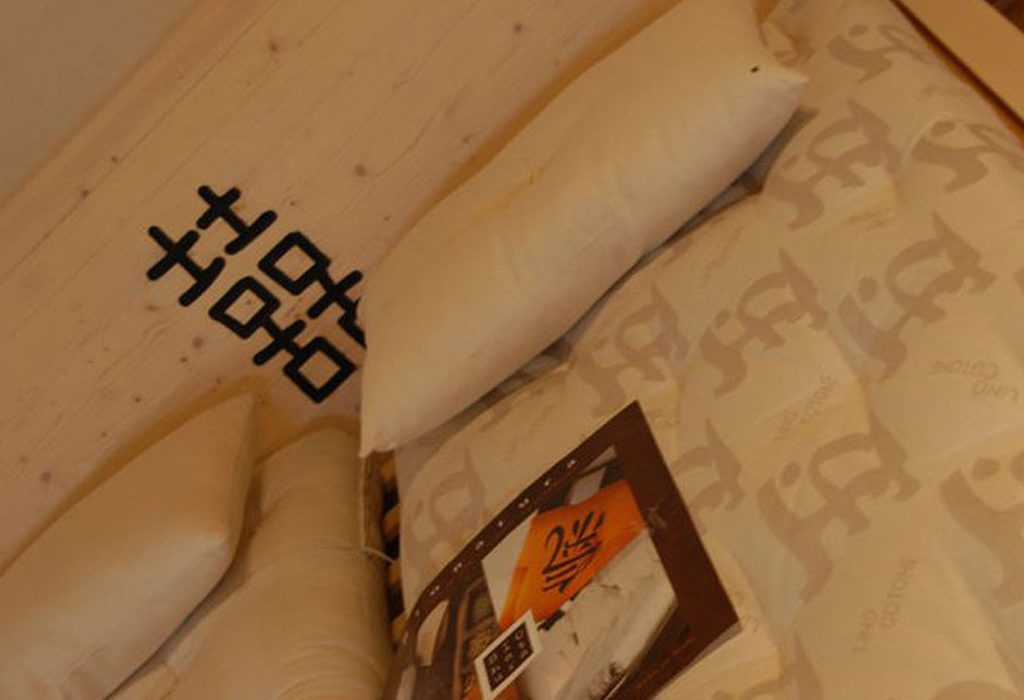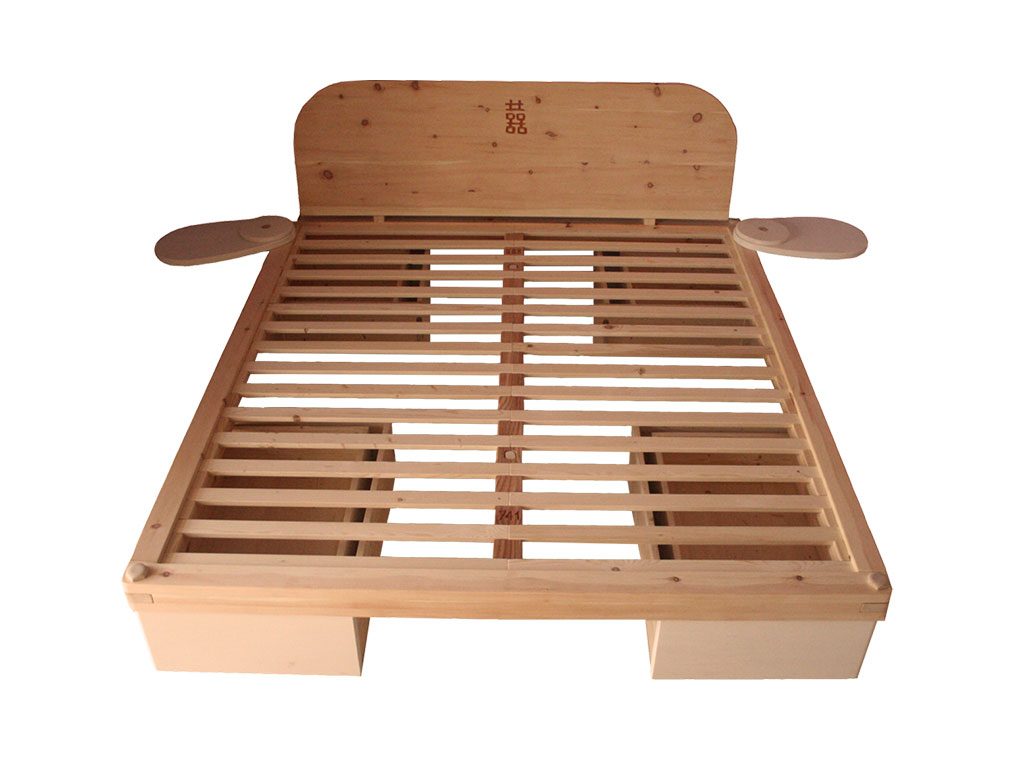
Feng Shui, according Ernest Eitel, a missionary in China (1873), is an emotional perception of nature: the environment affects our well-being, always.
Our body is our first home!
The building we live in or work in is our second home!
There is constant interaction between the two environments (internal and external), and this affects all the actions and decisions of our lives.
Feng Shui works positively in our body, but also in the design and construction of outdoor environments, such as Zen gardens, as we wrote in another article.
Chinese culture
In Chinese culture almost all objects represent something different and deeper than their mere appearance. All Chinese knowledge is based on strong symbolic associations; it starts from the principle that all things are connected with each other, both in the physical/vibratory world and in the image.
Everything encloses in itself a certain energetic quality, closely related to its symbolism.
In the East, especially in Chinese culture, all figurative works are designed to be read as symbols, and their main themes (rocks, trees, rivers, waterfalls, streams, clouds, animals…) are not only themselves but something beyond themselves; they mean ENERGY.
In fact, they represent the natural flow of energy and life forms from which one takes inspiration (gentle, undulating, non-aggressive).
There is no object in the East that is not immediately related to the organic or inorganic worlds, and therefore equipped with symbolic meaning.
A significant example is given by the shape of the Chinese typical roof that reminds the appearance of the landscape, the mountains and the hills and the water flow.
In such shape lays the image of nature and its continuous manifestations in reference to cosmic configuration.
The architect Tadao Ando, creator of truly admirable projects, to which ARKT was inspired for the creation of its concept and logo, in his presentation of the Atlas of Bioarchitecture
(Utet, 2002), emphasizes the importance of respecting the natural
elements:
“In changing our habits, we should focus on the natural purifying capacity and self-regeneration of forests and that of the rivers of the world.
It is very simple to cut down a forest today, it will be much more difficult and extremely expensive to proceed with reforestation and ecosystem restoration.
We must re-evaluate the positive elements that the forces of nature have given to man, and that can be found inside the the densest most lushious forests, and we must learn to use these resources that are limited carefully, under the guidance of Earth ecosystems”.
The ancient art of Wind and Water
Feng Shui uses the theory of five elements to analyze and describe the harmony or disharmony of a space.
The 5 Elements: Fire, Earth, Metal, Water and Wood are the manifestation of energy in nature.
Wood for example indicates a force which develops upwards, each type of essence has its own peculiarities to be analyzed according to the required function.
Swiss pine wood is good for your heart
Swiss pine wood has a positive effect on heart rate and heartbeat, through the emanation of its ethereal perfume, and this is evidenced by studies and research in the medical field.
An unexpected feeling of wellbeing emerges in the user from the first impact with the environment.
The eco-sustainable furniture is mainly made of solid wood, obtained from slates, coming exclusively from cultivation and not deforestation.
An example of application of the pine at various levels (wood paneling, rooms…) is the Tirler Dolomites Living Hotel, which has been awarded the ECARF Quality Seal to be suitable for allergy sufferers.
The non-profit foundation ECARF (European Center of Allergy Research Foundation), prizes the work of the four stars South Tyrol hotel, which through its design concept according to eco friendly architecture concepts and the range of services that takes into account the special needs of guests with allergies and meets the criteria set by ECARF for the hotels.
Linden essence – a panacea for rest
Another interesting example is the linden essence which in phytotherapy aids sleep, and it is thus recommended to make a bed.
Cherry tree and ash tree – energizing essences
They are recommended to make items such as desks, bookcases etc., whereas bay oak, beech and chestnut are well suited for parquet floors.
Other woods used for furniture are: pine, chestnut, European cherry and American cherry, steamed beech, redheart beech, ash, larch, European walnut, elm, alder and cedar, pear and apple trees are very expensive and are suitable for small size furniture.
The Fu bed – Design S. Parancola and M. Noaro by Bioarredoarte
was born from the idea of merging two ancient Chinese symbols:
- marital happiness as a symbol of the union between the two opposite and complementary male and female
- the symbol for right or wrong, that is, the decision making aspect of life, the right choice at the right time.
It was also the acronym for Happiness and Union, words that evoke and stimulate harmony in a couple. Symbols work as a sort of element that reminds us of the connection between our thought and the meaning of the symbol.
The Fu bed combines two important meanings with the idea of the happy couple who must make the right choices at all times of life in a path of growth and maturation.
The bed was made with eco-certified native essences, and it was made entirely of pine wood and basswood, treated in an environmentally friendly manner.
The scent of the herbal essential oils used in treating the wood helps to spread a delicate inspiring aroma, the bed becomes a speaker of combining fragrances for relax and sleep.
The bed was made only with vinyl adhesives and treated with vegetable based oil-wax from vegetable oils and resins and it is finished with beeswax and vegetable wax balm.
Symbology, sustainable materials and aromatherapy give the bed a character of energetic and “therapeutic” furnishing. To go with it, we recommend a mattress or futon with wool, cotton and coconut inside, and bamboo pillows. In the case of allergies, antiallergic measures may be introduced.
